Pinball Wizardry: An In-Depth Look At Video Game Pinball
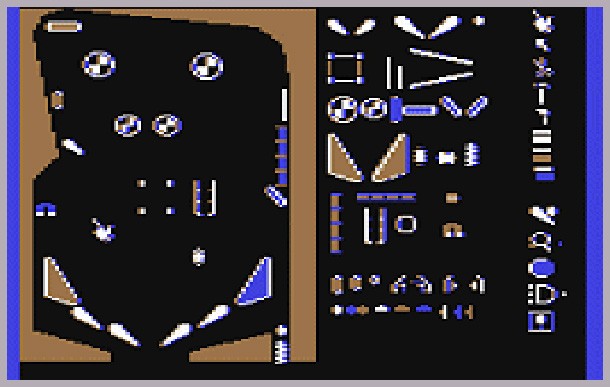
Zen Studios released the Captain America table for its Marvel Pinball game on the PS3 and Pinball FX 2 on Xbox 360 this week. It seemed like a perfect time to look at video pinball games through the ages. Check out some of the hits and misses that have come when pinball and video games intersect.
It’s hard to believe it now, but there was a time that pinball was king. Arcades were filled with the tables, and their accompanying sounds mingled with the haze of cigarette smoke to create an unforgettable (if not healthy) environment. Ultimately, those games were edged over to the sidelines as the arcade era began.
Fortunately for pinball fans, the video-game industry was built by developers who shared a passion for games with silver balls and flippers. Throughout the history of video gaming, there have been dozens of attempts to deliver the same thrills to players at home. Some were successful, others less so. Join us as we take a look at some of the most notable video pinball games around.
To keep things organized, we’ll split the games into one of three categories—realistic adaptations, fantastic interpretations, and character-driven releases.
Realistic Interpretations
These games stick to the fundamentals of pinball, whether they’re based on existing tables or not. Don’t expect to see much here that you couldn’t see in real life.
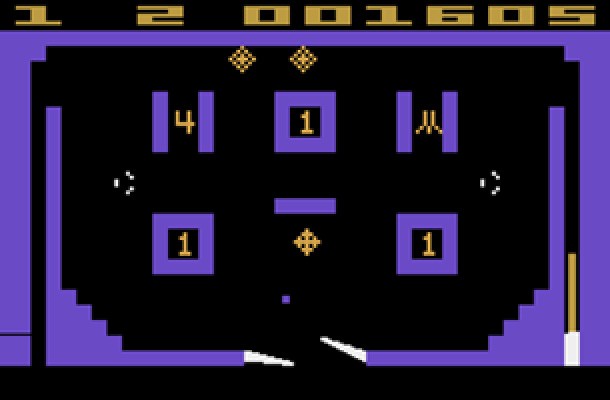
Video Pinball—1980
Atari first released Video Pinball in arcades back in 1978, but it didn’t really reach the mainstream until a few years later when it hit the company’s 2600 system. Video Pinball wasn’t pretty, but it offered a functional skeleton of pinball’s gameplay, including adjustable plunger strength, extra balls, and multiple targets. In an inspired bit of ingenuity, the game’s designer allowed players to nudge the ball by pressing down on the controller’s single button and pulling the stick in the desired direction.
Pinball Construction Set—1983 (Pictured at top)
It’s funny to think about it now, but one of the first titles that Electronic Arts published was a pinball game. Bill Budge’s Pinball Construction Set was a huge hit for the newly founded company, in addition to pioneering user generated content. Players could create their own tables from scratch using a variety of bumpers, ramps, and other assorted gizmos. From there, the game’s physics and gravity could be adjusted. The game encouraged players to experiment, in part through its easy to understand drag-and-drop interface.
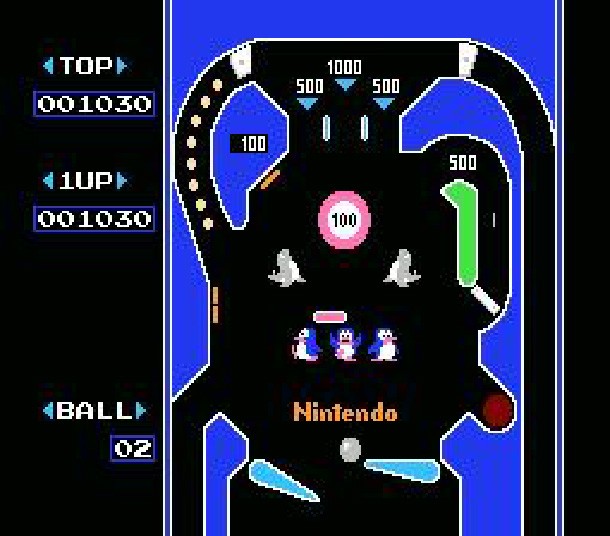
Pinball—1985
As with Atari’s Video Pinball, Nintendo’s first attempt at a pinball simulation debuted in arcades. While it may have been available in 1984, we’ll fudge the numbers again and officially recognize the year it was released on the NES. The game featured an early implementation of multiple screens, featuring two different playfields. Players who drained the ball on the topmost field could continue playing on the lower screen. Lose that ball, however, and you lost the ball. The game also featured a minigame that was reminiscent of Atari’s Breakout. Players controlled Mario (in an early cameo) as he tried to free his original paramour by breaking the blocks beneath her feet.
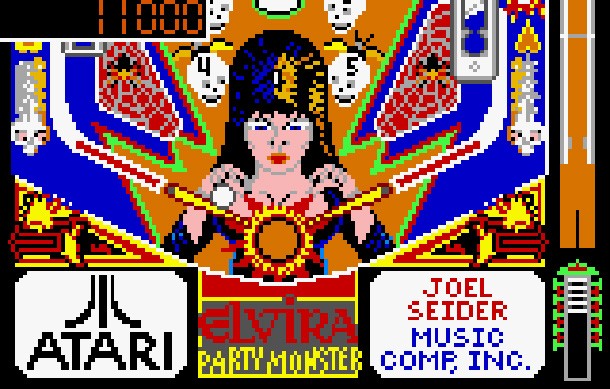
Pinball Jam—1992
This Lynx game remains one of the best portable interpretations of pinball. The cart includes two tables based on actual machines, Elvira and the Party Monsters and Police Force. Both are faithfully reproduced, down to the sound effects and voice samples. The ball’s motions aren’t quite as impressive, however, and they have a tendency to glide around as though they’re made of butter. Still, in its day it was a great option—or, for hardcore Lynx gamers, the only option.
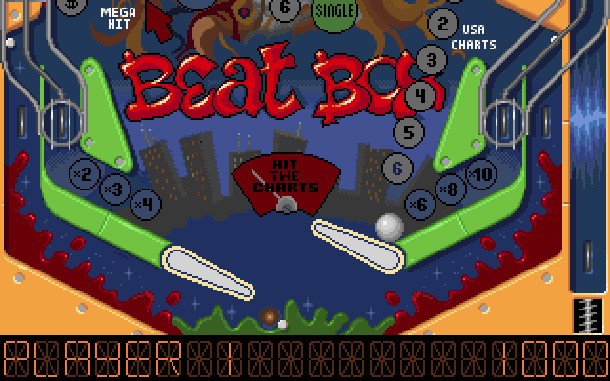
Pinball Dreams—1992
Pinball Dreams was first released on the Amiga before being ported to just about every other platform of the era, including the SNES, Game Boy, and Game Gear. The game featured four tables based on themes including the music biz, horror, the Old West, and outer space. The game was largely forgettable, though its developer Digital Illusions CE went on to do great things. You may know the Battlefield dev by its more well-known name, DICE.
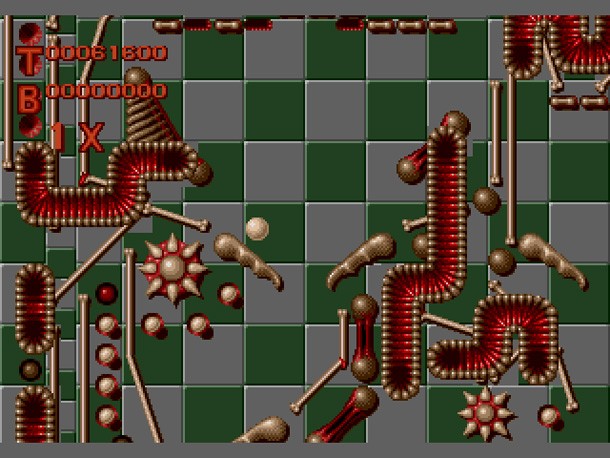
Virtual Pinball—1993
Bill Budge revisited video pinball a decade after the success of his Pinball Construction Set. His Genesis game, also published by EA, took customization even further through a variety of user selectable themes, backdrops, and soundtracks. Players who weren’t feeling inspired could play through the 29 premade tables that were included, too. The game supported multiball, though the camera focused on one at a time, making the mode even more difficult.

Pinball FX/Zen Pinball/Pinball FX 2/Marvel Pinball
Zen Studios has been working on a variety of downloadable pinball games for the Xbox 360 and PlayStation Network since 2007, and they’re uniformly excellent. One of the problems that video-game designers have faced when working on video pinball games is that there’s an art to creating tables. Oftentimes, the on-screen creations feel strange and lifeless. Zen’s designers have succeeded in making a variety of new tables that manage to capture that all-important ingredient of authenticity—even though the tables are all originals. Some of the newer tables rely on illusion-shattering gimmicks, such as tiny characters that move around playfields. Still, the majority of the core experience is realistic. If you’re interested in pinball and you have an Xbox 360 or PS3, there’s no excuse not to download these.
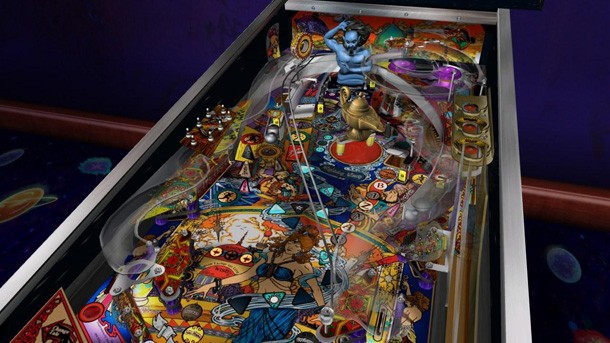
Pinball Hall of Fame: The Williams Collection—2008
Crave Entertainment did pinball fanatics a huge favor by releasing the Pinball Hall of Fame: The Williams Collection. The compilation, available on the Wii, PSP, PS2, PS3, and Xbox 360, delivers accurate adaptations of some of the best tables in history, including Pin*Bot,, Black Knight, and Funhouse. Nearly every detail is authentic, from the way the balls handle to the way the dot-matrix displays look. If you never got a chance to get your hands on the actual machines featured in the game, it’s the next best thing.
Character-Driven Games
Some designers did their best to recreate the mechanics of pinball on video screens. Others, most notably Nintendo, saw the pinball format as a perfect home for their mascot characters.
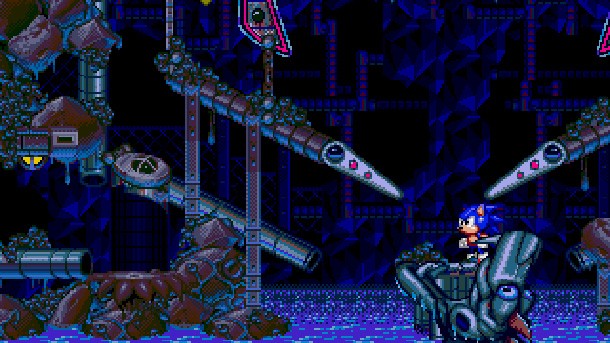
Sonic Spinball—1993
When Sonic accelerated, he essentially transformed into a blue marble—perfect for a pinball game. Bumpers and ramps have been a part of the spiny hero’s adventures from the beginning, but that gameplay didn’t enter the forefront until Sonic Spinball. Using flippers, players guided Sonic through a variety of levels, with multiple paths, dead ends, and obstacles. Sonic’s floaty jumps made it a little odd to play at times, but it was still a decent side adventure.
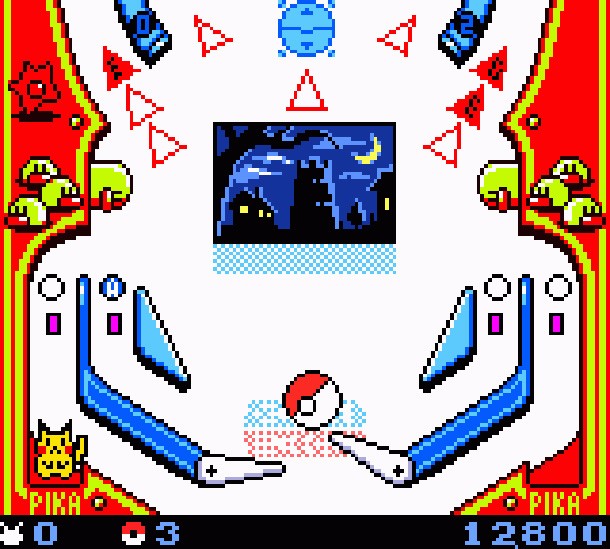
Pokémon Pinball—1999
Kirby may have beaten Pokémon to the punch five years earlier with Kirby’s Pinball Land, but Pokémon Pinball was worth the wait. The Game Boy Color release used the license to great effect, featuring blue and red tables, with 151 different Pokémon to catch. Your ball is, of course, a Pokéball. Pokémon Pinball’s cartridge featured a built-in rumble pack, which required a AAA battery. A followup, Pokémon Pinball: Ruby & Sapphire, was released on the Game Boy Advance in 2003.
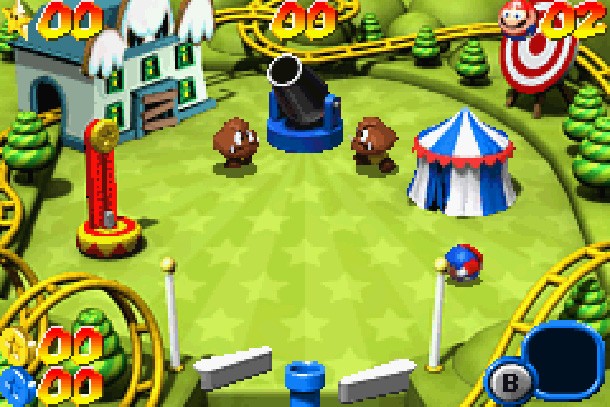
Mario Pinball Land—2004
Mario must have been getting jealous, so he returned to the world of pinball in 2004 to show his fellow Nintendo crew members who was boss. In Mario Pinball Land our hero compresses himself into a sphere to rescue Peach from Bowser (surprise). He has to roll through enemies and collect stars in order to progress through the game’s five worlds. The most notable thing about this Game Boy Advance title is how its poorly designed stages make it one of Mario’s rare misses.
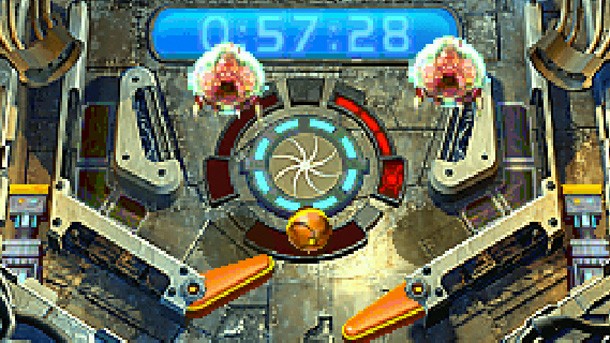
Metroid Prime Pinball—2005
Samus’ morph ball ability makes her a perfect candidate for a pinball adaptation. Mario Pinball Land developer Fuse Games learned from its missteps, delivering a pinball game that delivered more accurate pinball action than gimmickry. That’s not to say that the DS game Metroid Prime Pinball was completely based on reality—she also uses wall jumps and weapons to navigate the game’s six tables. The touchscreen made it easy for players to nudge the table with a fingertip, providing an intuitive way to beat gravity. The game also used the DS' stacked screens to great effect, selling the illusion of one continuous, vertically oriented playfield.
Fantastic Action
Sometimes, reality is thrown out the window entirely. These games are examples of what happens when developers allow themselves to stretch the definition of pinball to its limit.
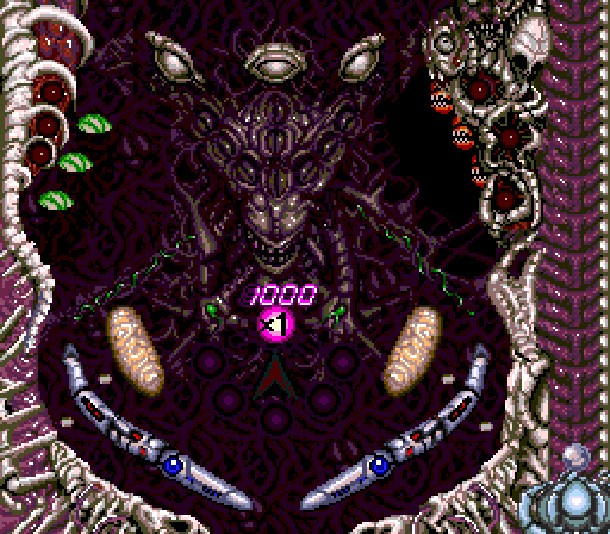
Alien Crush—1988
Alien Crush is functionally similar to the Nintendo’s Pinball, with the same vertical scrolling feature. Content-wise, the two couldn’t be more different. This TurboGrafx-16 game eschewed cutie-pie penguins and seals in favor of tentacled creatures and bioorganic sludge. The basic elements are fairly conventional, despite the sci-fi window dressing, but animated swarms of enemies and boss battles make this an epic too complex—or disgusting— for the real world.
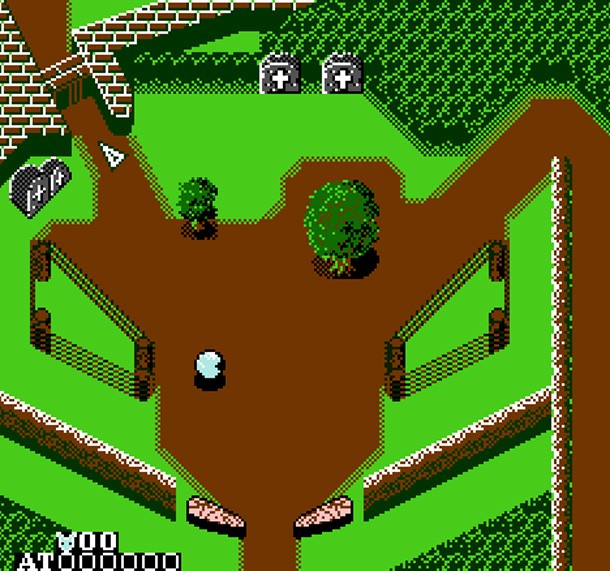
Pinball Quest—1989
After the princess is kidnapped by trolls/orcs/goblins, it’s time for your conveniently rotund hero to fight back. The NES game Pinball Quest included a few bland alternatives (Americana and Circus? Really?), but the meat of the game was in the RPG-like quest mode. There, players smashed through skeletons and other bad guys while upgrading their spheroid hero and his trusty flippers. It’s a brilliant concept that deserves to be expanded in a modern release.
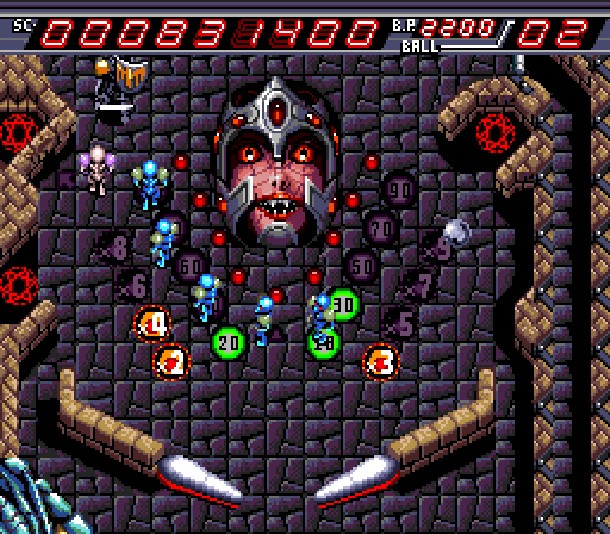
Devil’s Crush—1990
In an era when Nintendo was still removing crosses from games, the TurboGrafx-16 game Devil’s Crush burst onto the scene like a flaming motorcycle out of Hell. The Alien Crush sequel featured loads of parent-baiting imagery, such as robed occultists, skeletons, and the all-important pentagram. The centerpiece of the three-tiered table was a beautiful lady who transformed into a spooky monster before your very eyes. That is, she did if you were good enough.
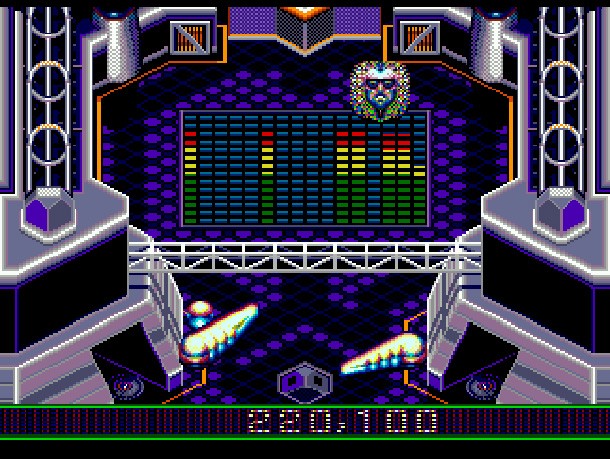
Crue Ball—1992
Just as pinball machines once ruled the roost, rockers Motley Crüe used to be a pretty big deal as well. For proof, look no further than this Genesis game. It featured the band’s songs Dr. Feelgood, Home Sweet Home, and Live Wire. The erratic scrolling made it difficult to play at times, and the overreliance on knocking down letters was a drag. In its defense, however, were bizarre enemies like maggots, evil clowns, and the rasta-themed Dread Heads. Turn it up already.
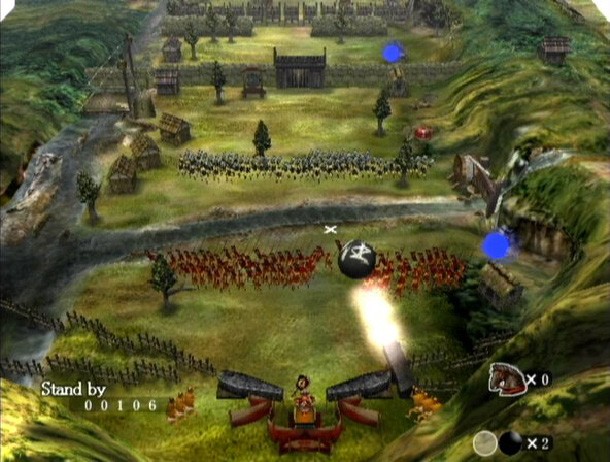
Odama—2006
Odama is arguably one of the strangest things to ever come out of Nintendo. The game was pinball on a massive scale, with soldiers in Feudal Japan struggling to control a massive boulder-sized ball. The titanic object rolls over your foes, who are fighting to prevent your troops from moving ahead with a giant bell. It also used the GameCube’s microphone, which should be no surprise considering it was designed by Seaman creator Yoot Saito. Did we mention that it is really, really weird?

Get the Game Informer Print Edition!
Explore your favorite games in premium print format, delivered to your door.
- 10 issues per year
- Only $4.80 per issue
- Full digital magazine archive access
- Since 1991









